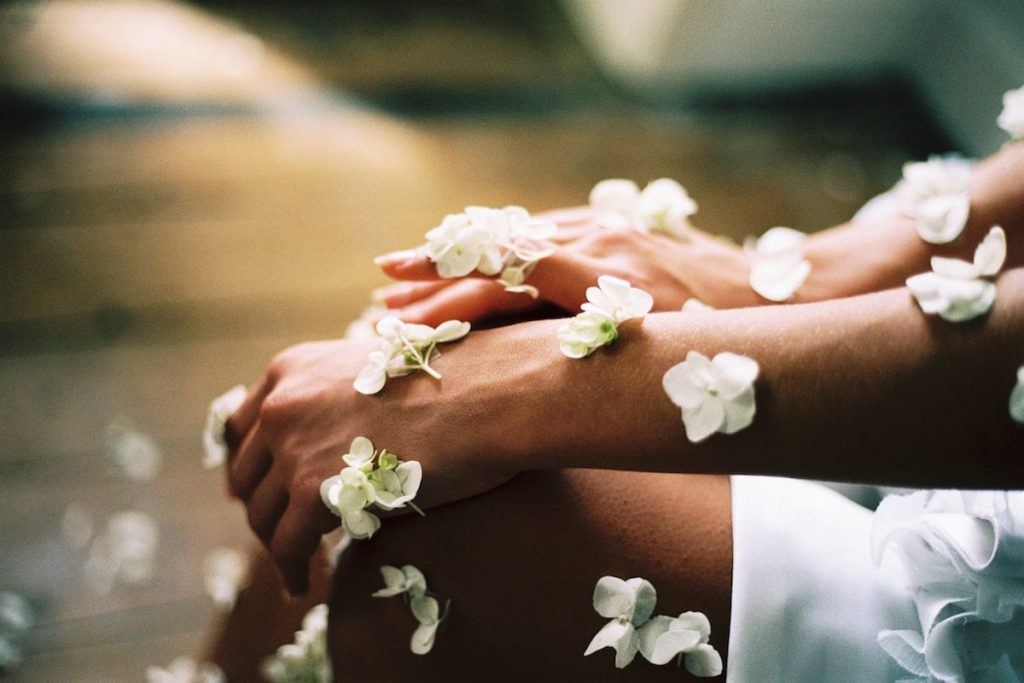Probably you’ve already heard that urea displays moisturizing properties and it’s worth using creams that feature this water-replenishing substance. What is urea and what are its beauty benefits? Get to know it better!

Indeed, this substance is long-known and frequently added into composition of various beauty products. But only recently this substance has become truly popular and that’s why we learnt a few interesting facts concerning its properties, many of which might surprise you.
Urea. What’s that in particular?
What’s urea? So often we talk about it and look for it by scanning list of ingredients, but so rarely we’re able to explain what this substance really is. It’s high time to catch up and learn more stuff about this potent ingredient.
Urea – a chemical substance that is a side product of protein transition in our bodies.
Yes, you got it right. Our bodies are able to produce urea. It’s the main constituent of NMF, which is a natural moisturizing factor. It’s also worth realizing that we give it off our bodies together with sweat and urine (and this is probably where its name comes from).
Naturally, urea added to beauty products is a synthetic version of this substance. It’s obtained from ammonia and carbon dioxide. It’s non-toxic, non-allergenic, odourless, crystalline powder that is soluble in water. It’s found useful in beauty products because it replenishes shortages of natural urea in an organism.
The most important properties of urea
How does urea work in particular? Basically, it’s said that this substance is a wondrous moisturising agent. However, this is a really general description of the urea’s performance.
It’s worth realizing that urea is a humectant. A substance that absorbs water by bonding with its molecules so as to easily transport it to inner skin structures and ensure that the water evaporation through skin takes place at the slowest pace possible.
The amount of urea in NMF is around 7%, but it reduces with age – in mature women there can be even 8 times less urea than in a 20-year-old girl.
Urea in cosmetology – Application
Urea wasn’t always so eagerly used in the beauty industry. At the beginning, cosmetologists weren’t completely aware of all the beautifying properties of urea so they didn’t lay their trust in this substance entirely. Today this situation is totally different as everyone can recognize and understand the beneficial action of urea.
Where to look for urea? Nowadays, urea is added to many skin and hair care products. You can find it in face, foot and hand creams. Numerous balms, ointments, conditioners, toners, shampoos and even toothpastes are enriched with urea too.
Purpose – urea is found irreplaceable in terms of dry skin care. It’s used to treat atopic dermatitis, aging skin, damaged due to sunbathing skin, allergic as well as sensitive and acne skin. Also, urea is used to fight back dandruff.
Properties of urea in beauty products
Before choosing any cosmetic containing urea, you should be aware of the fact that the way in which this substance affects skin depends on its concentration. The higher the concentration of urea in a particular beauty product, the stronger its action.
Here are the properties of urea:
- 2% urea is used in moisturising and regenerating creams because it improves hydration and stimulates epidermal cell renewal processes.
- 3-9% urea can be found in foot products because it replenishes skin with water and locks it in corneum, it also leaves skin softer.
- 10% urea is added to anti-acne facial toners due to its potent antibacterial action.
- 11-30% urea eases penetration of all active substances and medications into skin; it increases skin permeability.
- 31-40% urea is mostly used in scrubs and extremely dry foot treatments; it exfoliates and moisturizes.
- 41-50% urea is the strongest one; used by professional dermatologists to treat for example psoriasis and atopic dermatitis.







Leave a Reply